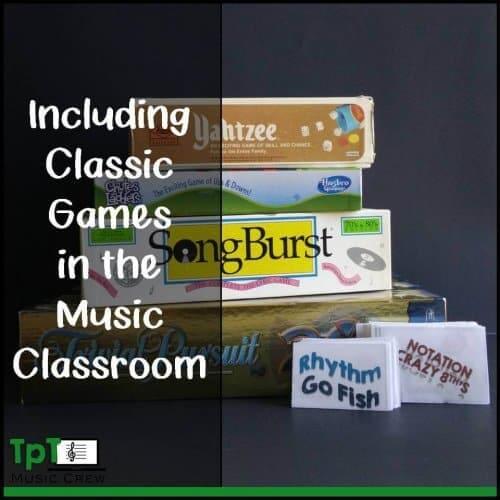
Teaching with classic games is a completely logical idea for me. I grew up in a family of game players. No joke – we had a wall of games and often played games that lasted several days. From a young age I was exposed to very educational and strategic games like Risk, Trivial Pursuit, and Scrabble. One of my family’s favorite games is Yahtzee, which is honestly how I learned addition and multiplication (if I couldn’t figure out my score fast enough, my older sister would take the dice, point at the score sheet, and tell me what to put where). I learned about geography with a map game that was nearly impossible to win. Because of this, classic games are a regular part of my lessons, and I want to share with you what I look for in games, how I use them, and some game ideas to get you started.
Why should games be in the classroom?
1. Skills & Objective-based: Many games can be easily aligned to content standards with a little effort. As I mentioned earlier, games teach many different skills including strategy, cooperative learning, and deduction as well as math and reading. That’s perfect for the music classroom because we cover math, science, reading, teamwork, and everything else! Are you teaching instrument families? Try a game where students need to sort instruments by basic characteristics, but make sure to include lesser known instruments to really test their knowledge of the families. I love including flugelhorns, dulcimers, and recorders! Teaching meters or rhythms? They work well with games that are math-based.
2. Substitute Plans: If you have games in your sub tub, writing sub plans is much less stressful. Honestly, I’ve rarely had a substitute that knew anything about music. I hated leaving plans that required them to teach or review songs or objectives for 2 reasons – I didn’t want to scare away a guest teacher and I didn’t want something taught in a way where I would need to spend a class “re-teaching” – a-hem, control issues. Leaving videos were fine ocassionally, but I’ve had admin who wanted to see more involved, rigorous plans. Here’s where classic games come in to play. I introduce a game during the last few minutes of class at the beginning of the year and rotate games every 2 weeks so classes would learn several games. That way if I needed to be out for any reason, the substitute didn’t need to teach a lesson, but was still engaging the classes musically. It is critical that you spend time teaching how to play each game if you expect students to be able to play without you.
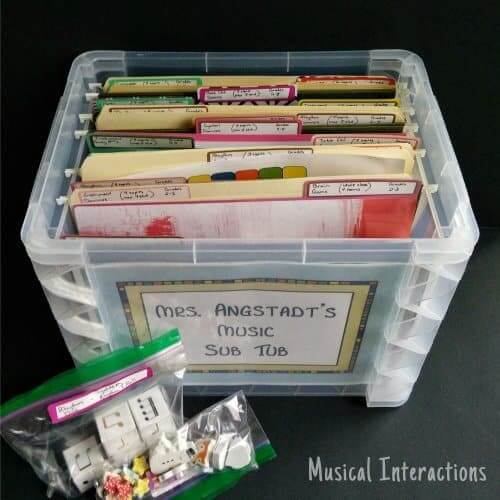
3. Centers: Games are perfect for centers. Most games are designed for 2-6 players which is ideal for centers. As long as you spend enough time teaching students how to play the game, students are able to play without needing constant supervision. Plus it’s really good for them to be able to work things out for themselves – hello, conflict resolution! I love centers because I can do some quick assessments in small groups while the rest of the class is still actively being musical.
4. Fun & Educational: Ok, let’s face it – games are just plain fun! I learn what types of games my kids enjoy and use my ninja skills to tweak it for as many concepts as possible. It’s super sneaky to get your kids to learn and review while playing a game. And you know you’ve hit a winner when they start asking you to play the game on random days.
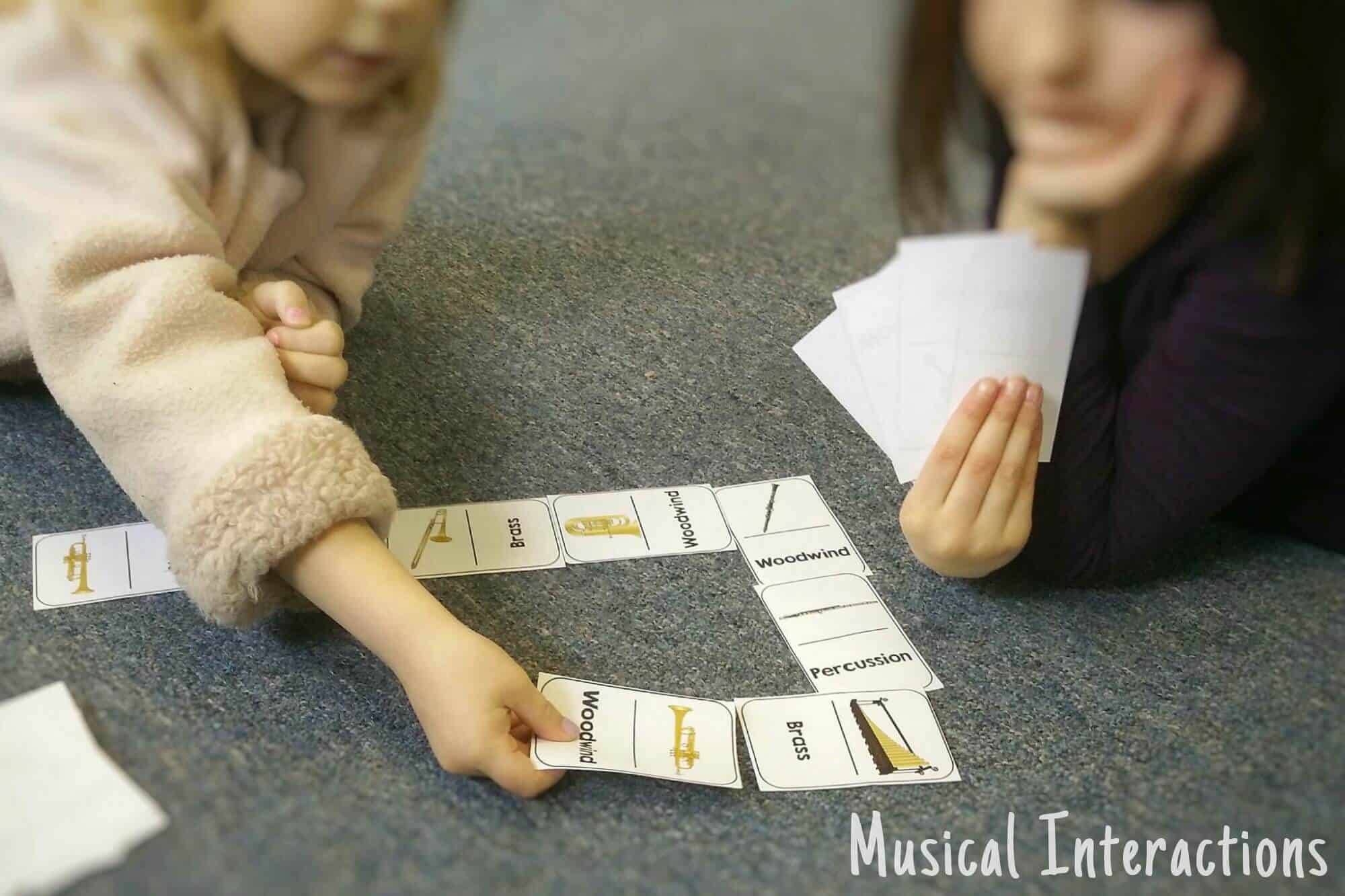
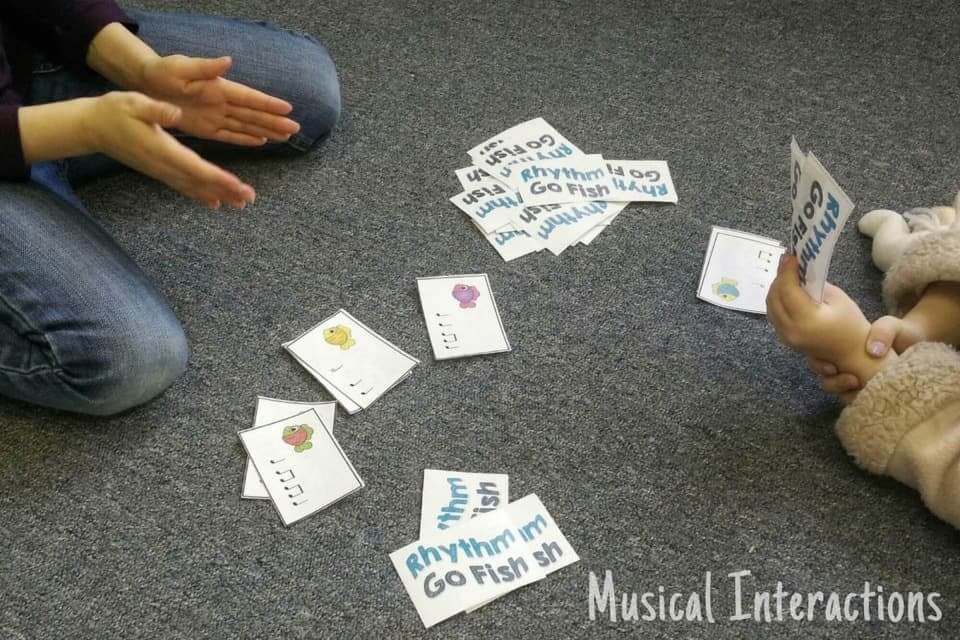
Getting Started
I am a firm believer that games should have a bigger purpose in the classroom. Yes, I want my kids to have fun, but I also want them to learn. That’s why I start by deciding what specific objective I am trying to reinforce and a classic game that pairs well with it. Below are some examples I created for my own classes:
- I wanted my 2nd and 3rd graders to use their knowledge of instrument families – primary characteristics – to sort instruments and also knew I needed a fairly simple game to keep their attention and not be too challenging. I chose to make dominos, but rather than have students match picture to picture I had them match picture to family name. The students had to demonstrate a basic understanding of the different families. Because I wanted to really test my kids understanding, I included instruments that aren’t on all my instrument posters or seen regularly in class.
- Another great pairing is anything performance-based and go fish. I needed a rhythm game for my 3rd and 4th graders that would be quick, but again skill-based. I also wanted something that didn’t require a lot of set-up (because I have only had a room twice in 8 years) or time explaining the general rules. I made cards that had 4-beats of varying rhythms (whatever we had already learned) and explained that students needed to perform the rhythm – verbally or with body percussion – in order to ask for the card.
- Trivia games are great if you need a huge end-of-the-year review or even a beginning-of-the-year game to determine what your students know or don’t know. The easiest and least time-consuming way to build such a game is to write a few cards as you teach each concept.
My biggest piece of advice when deciding on a game is asking “Does this actually reinforce the concept?” If it doesn’t, don’t get discouraged – try something else!
I hope you are inspired to give classic games their place in your music class! My kids have always had a great time with them and it was an easy way to reinforce key concepts.
Musically,
Melissa Angstadt
Musical Interactions
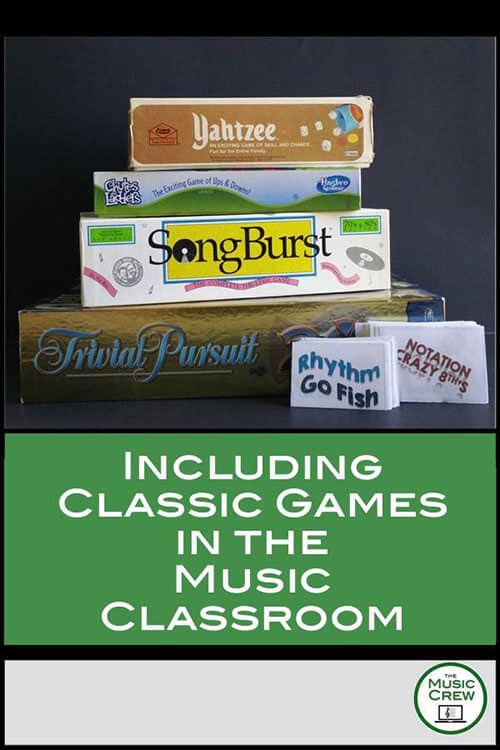

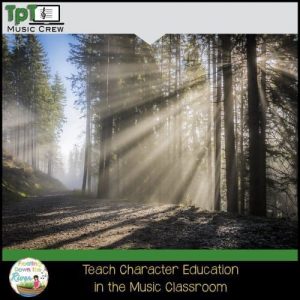
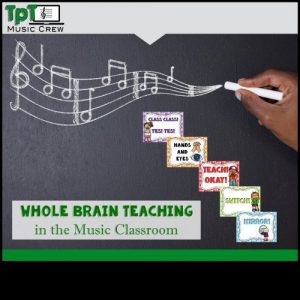





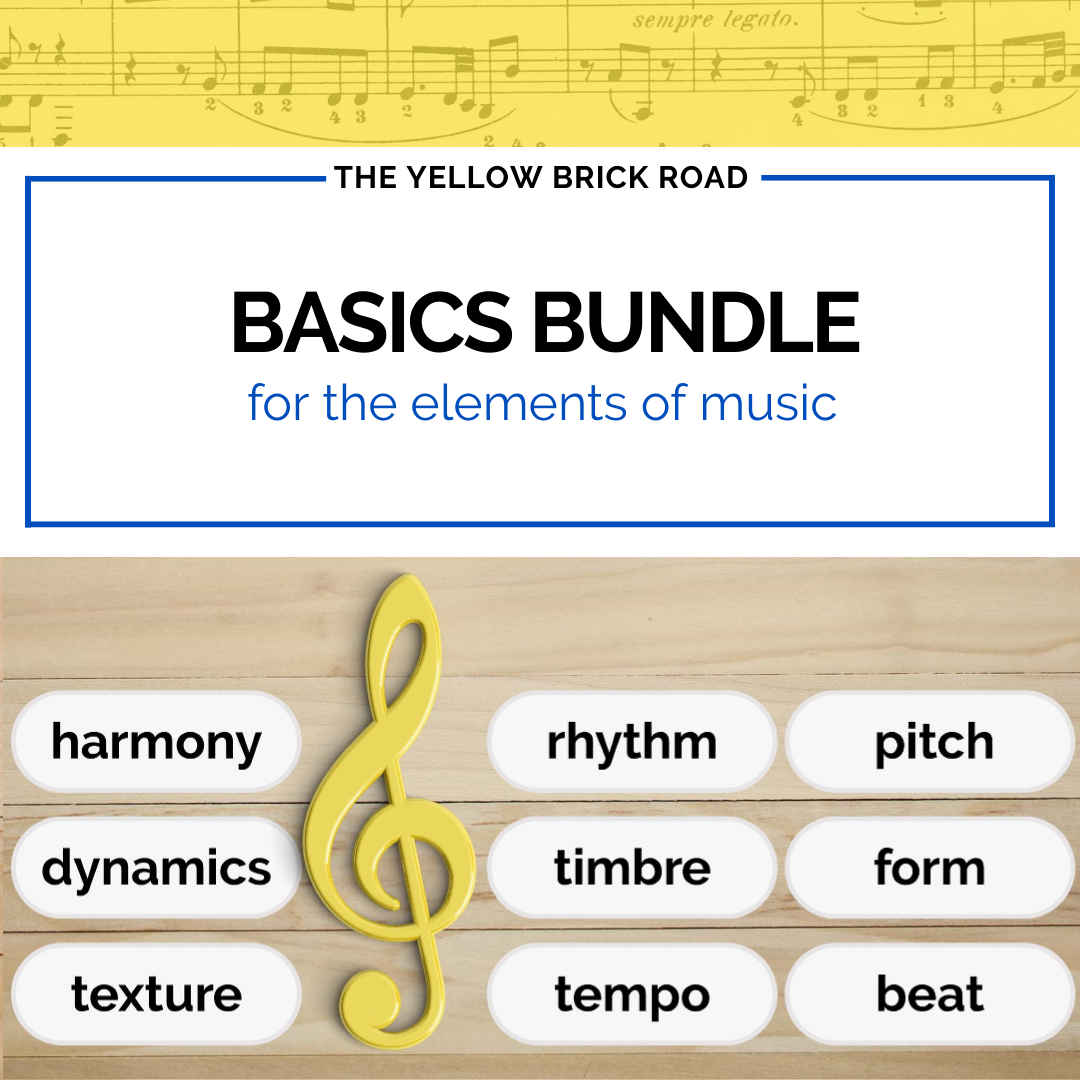

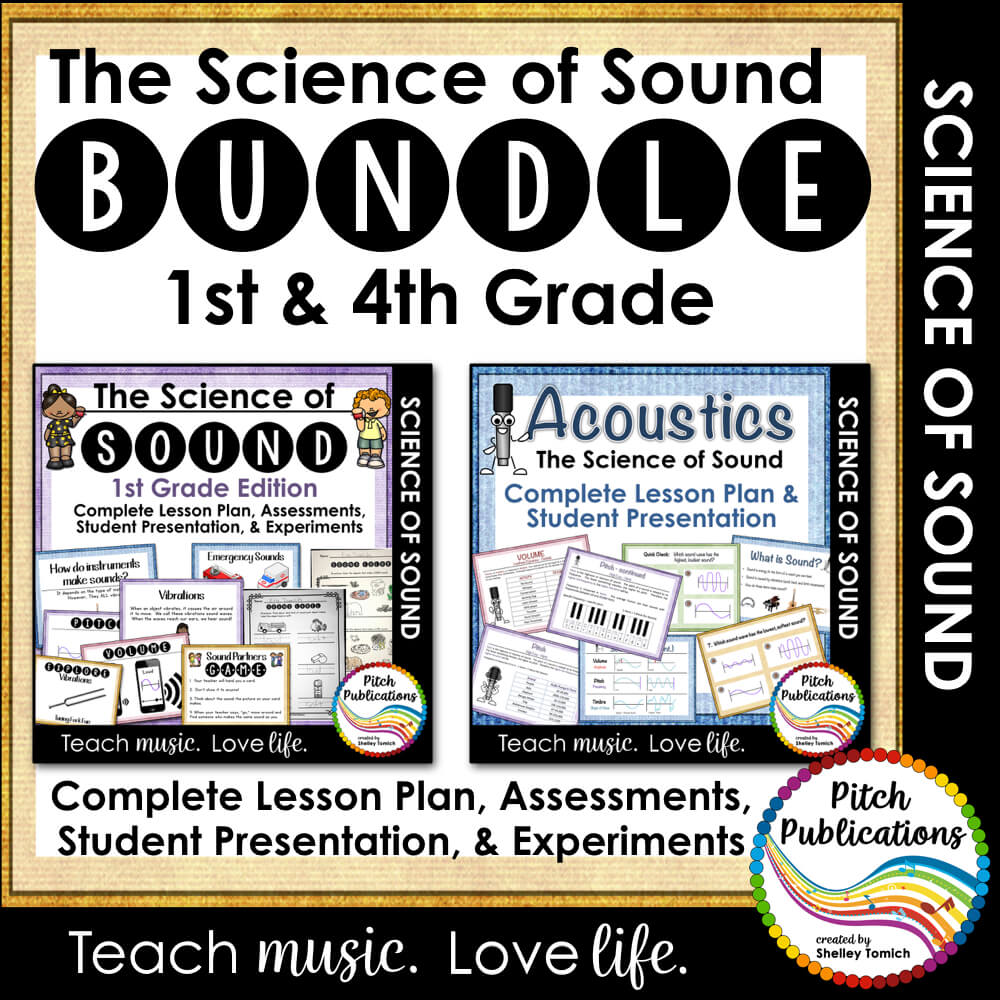
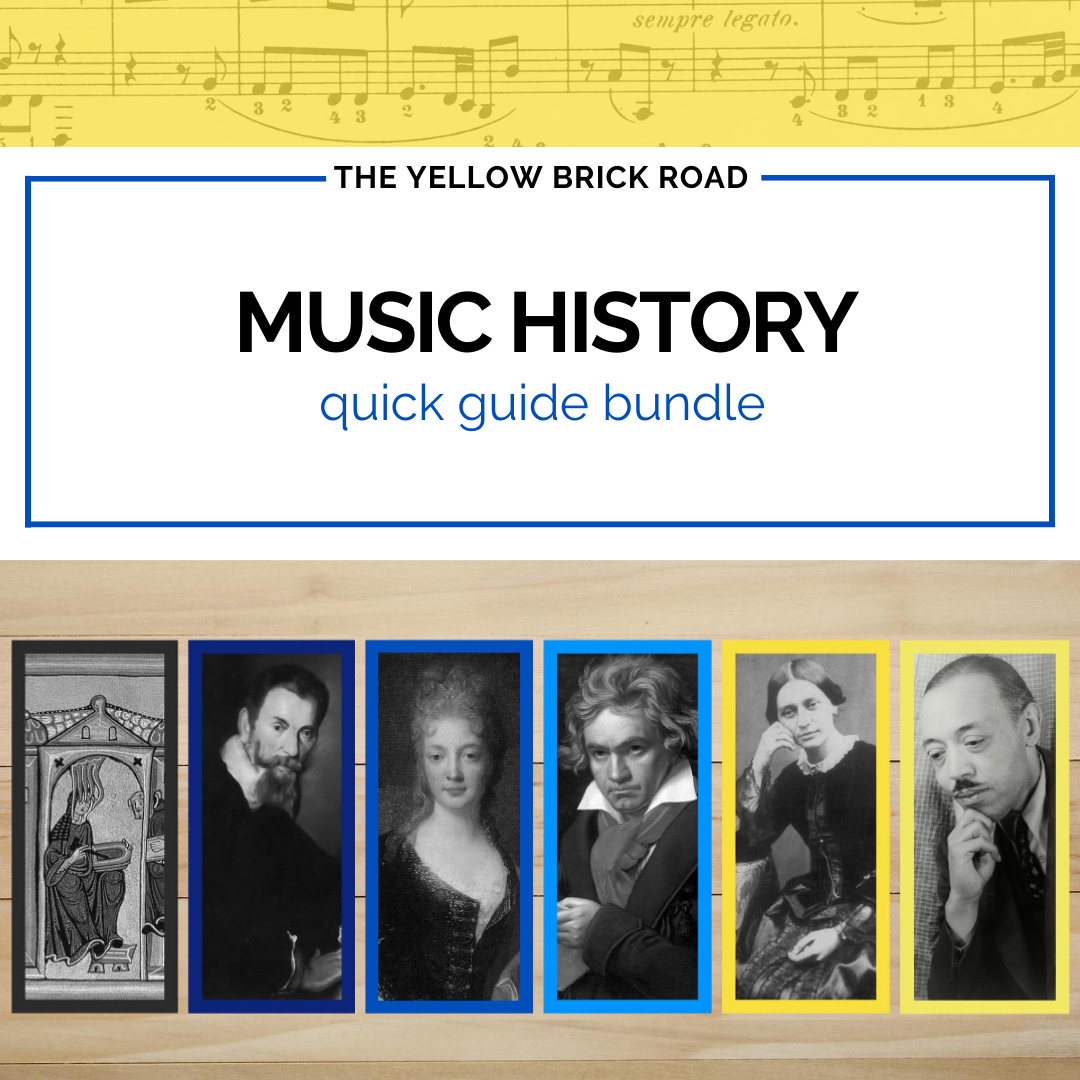
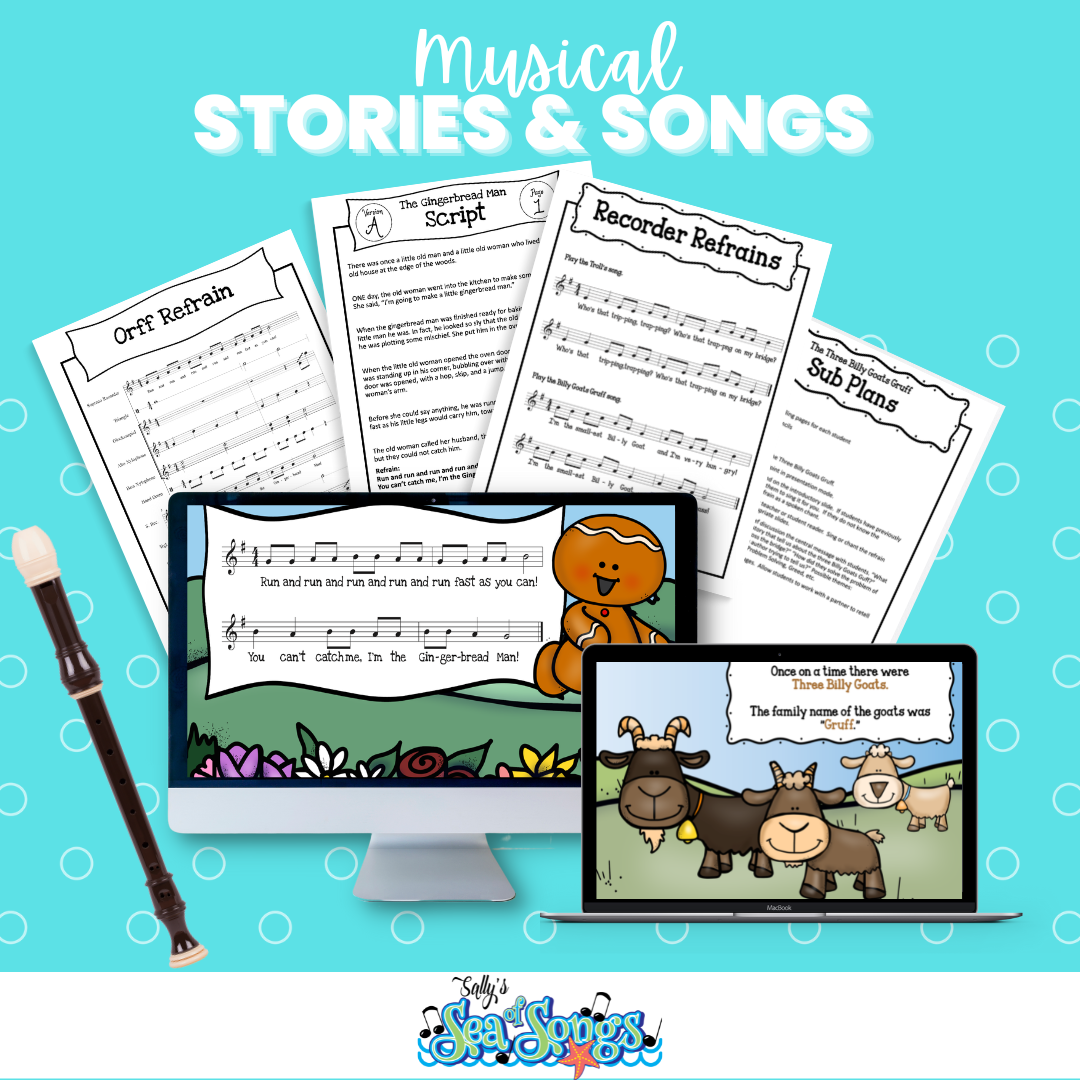
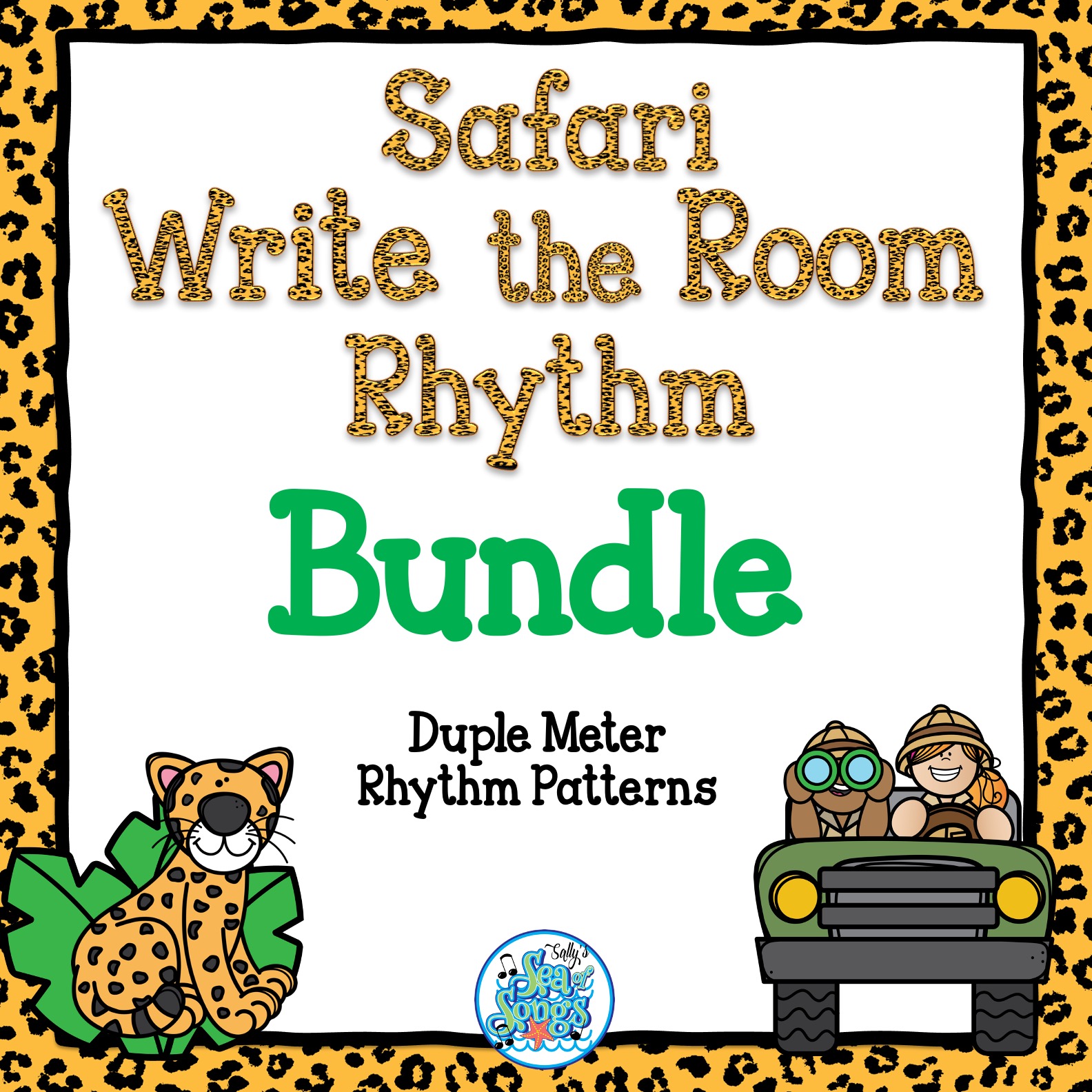
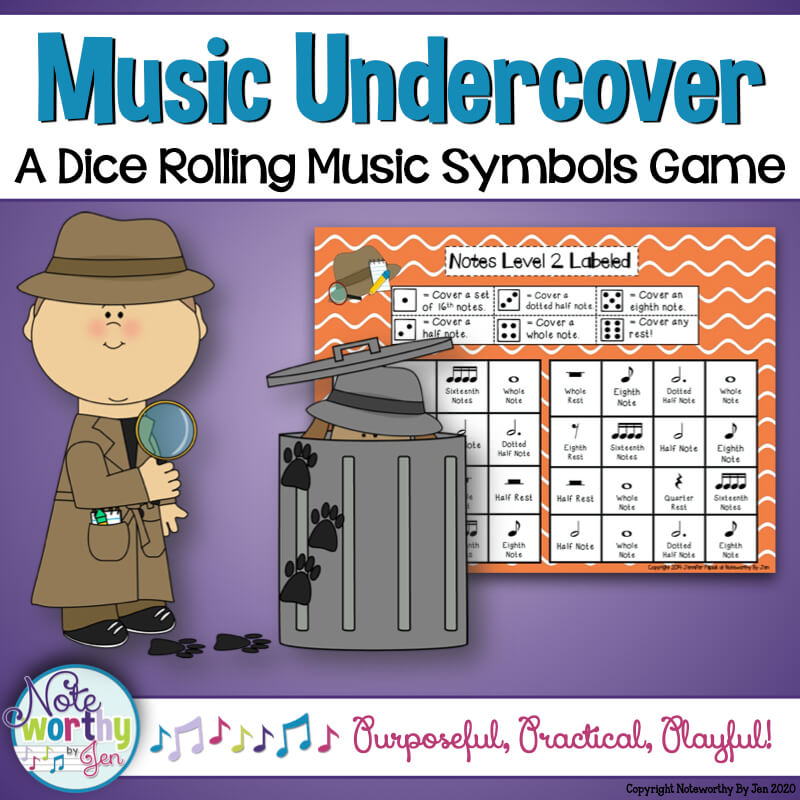
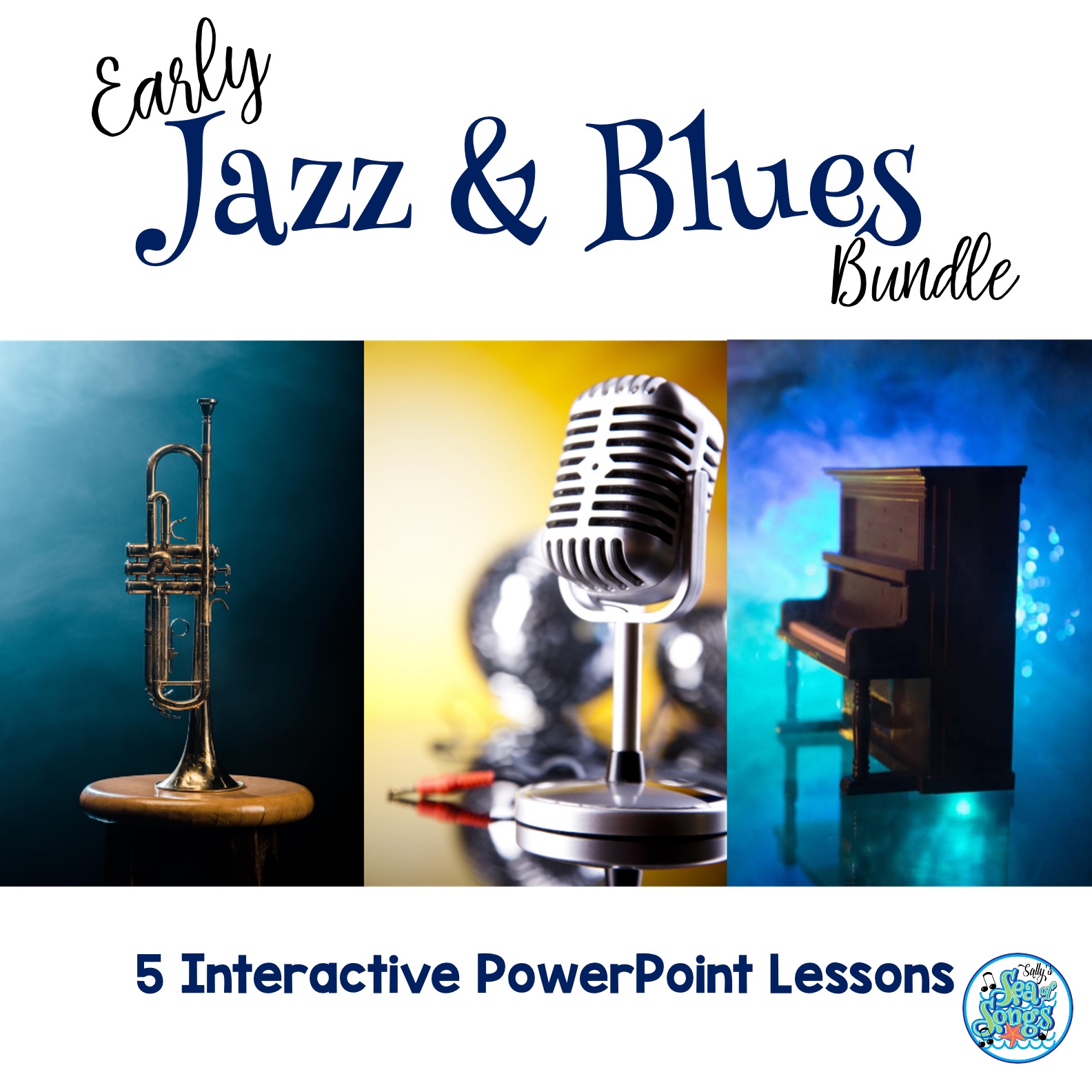
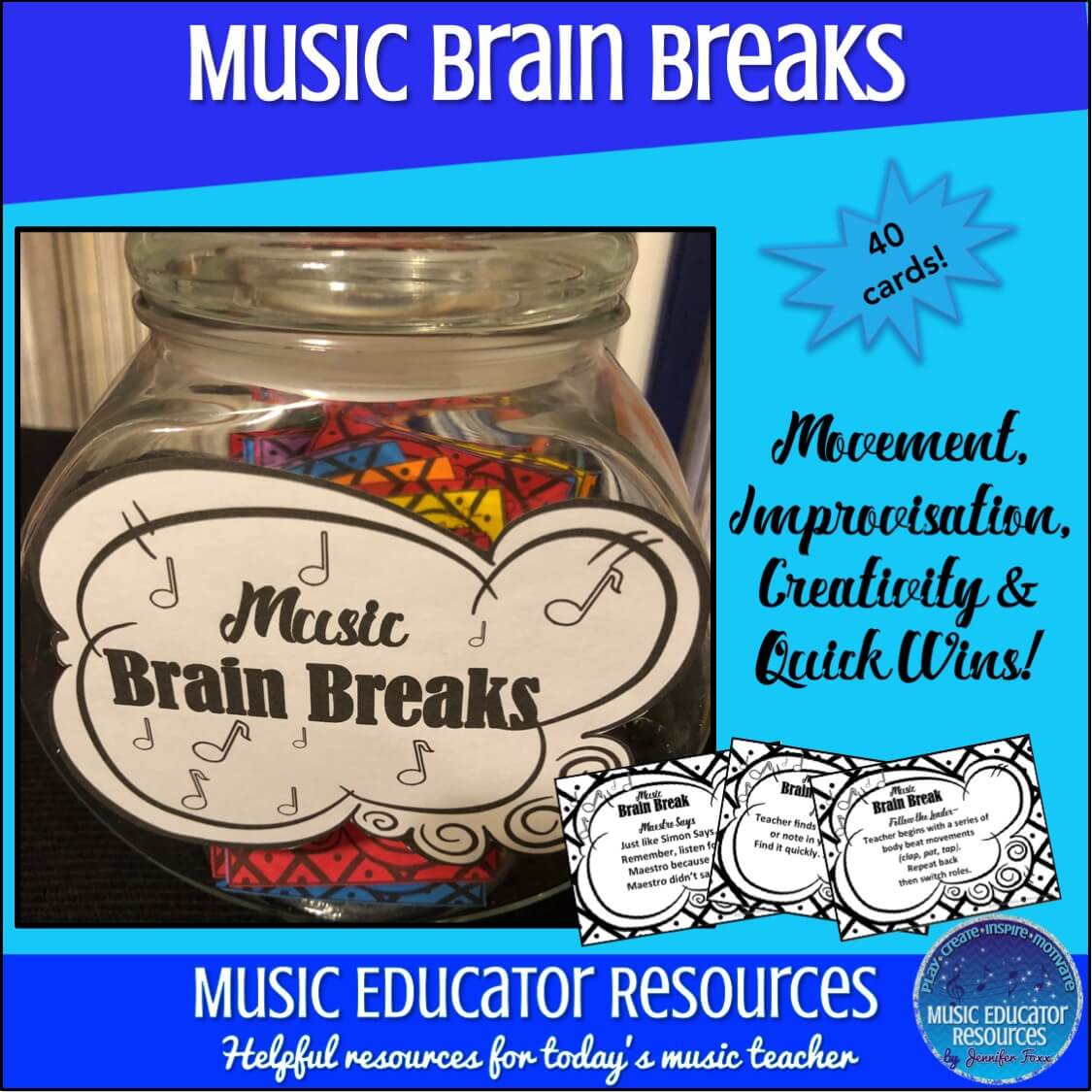
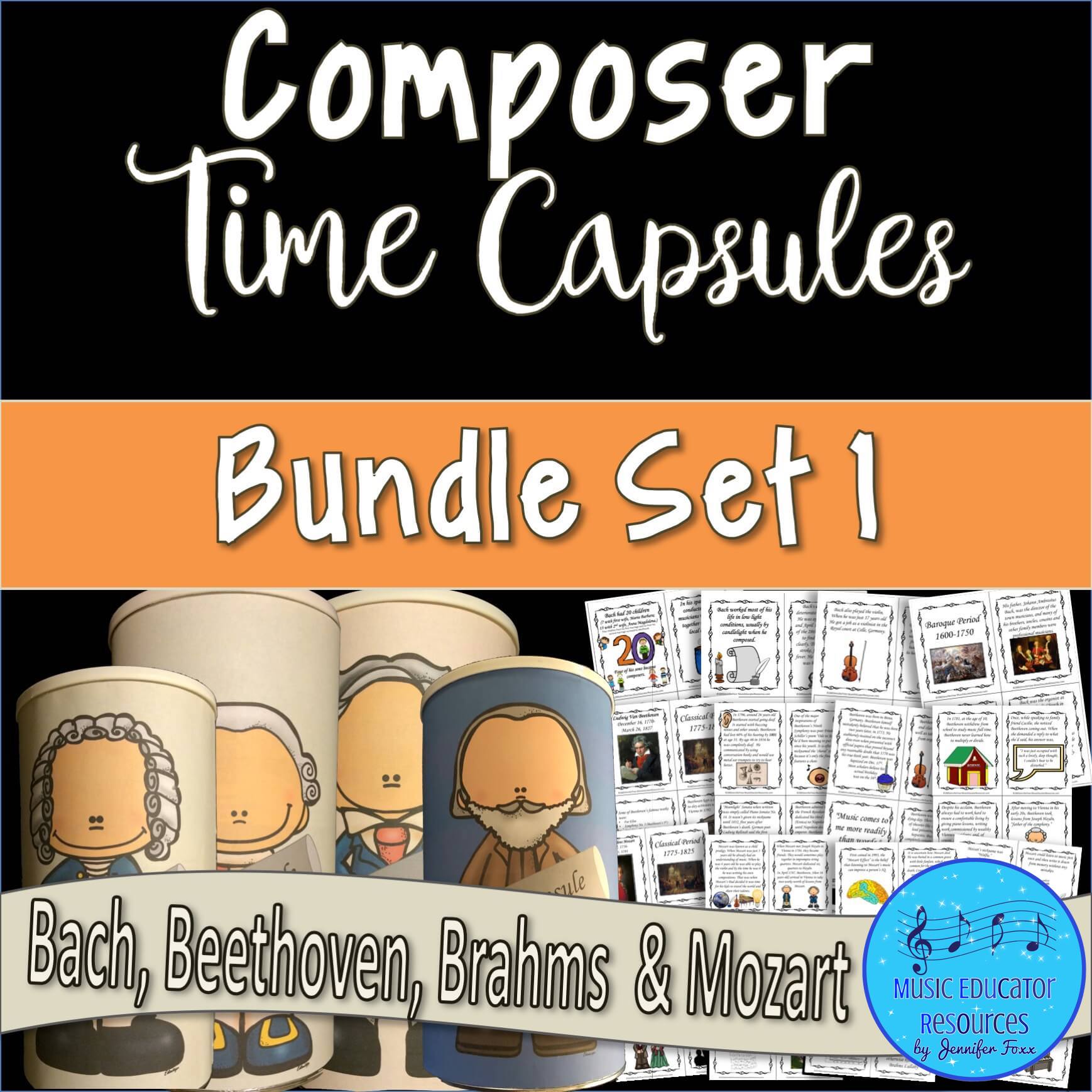
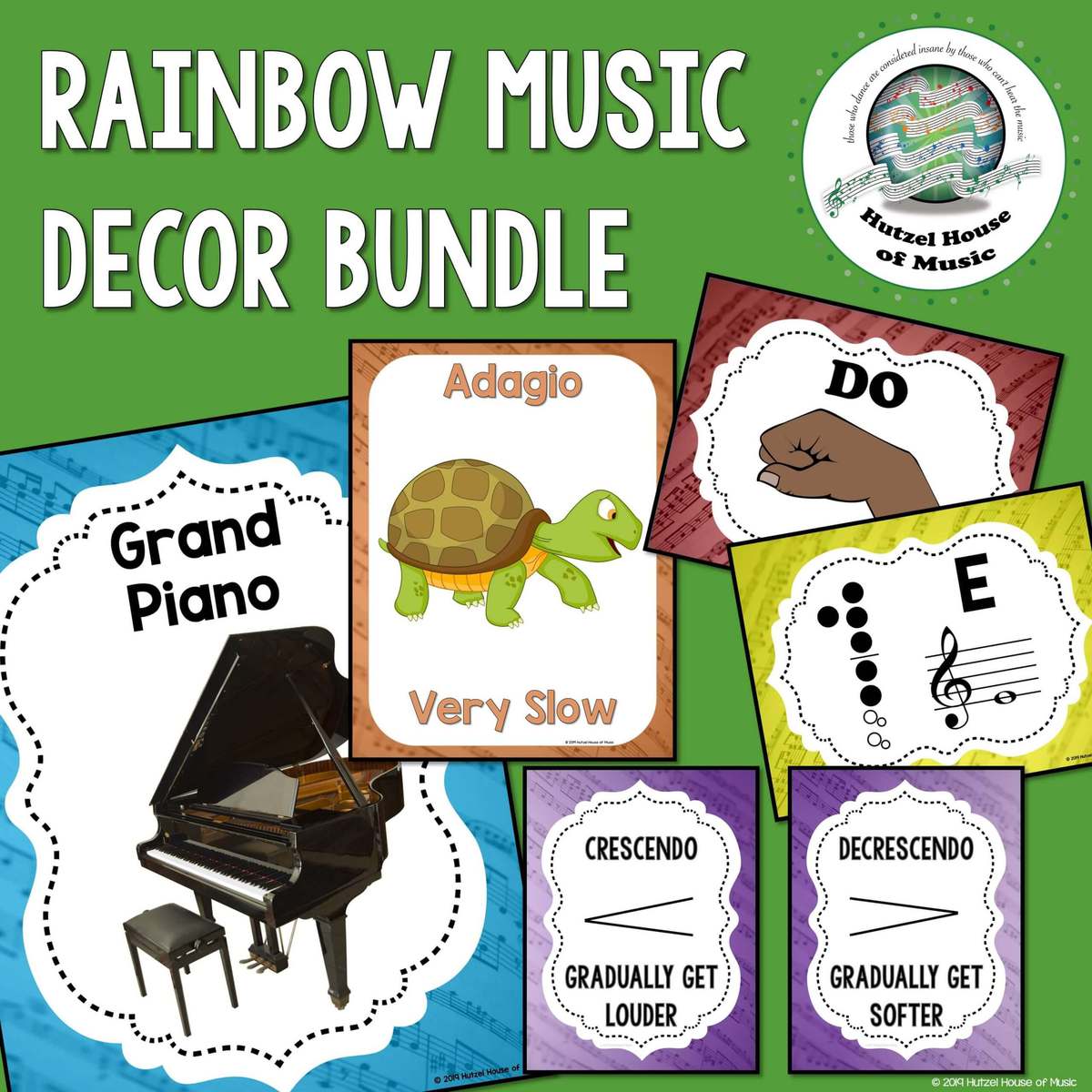

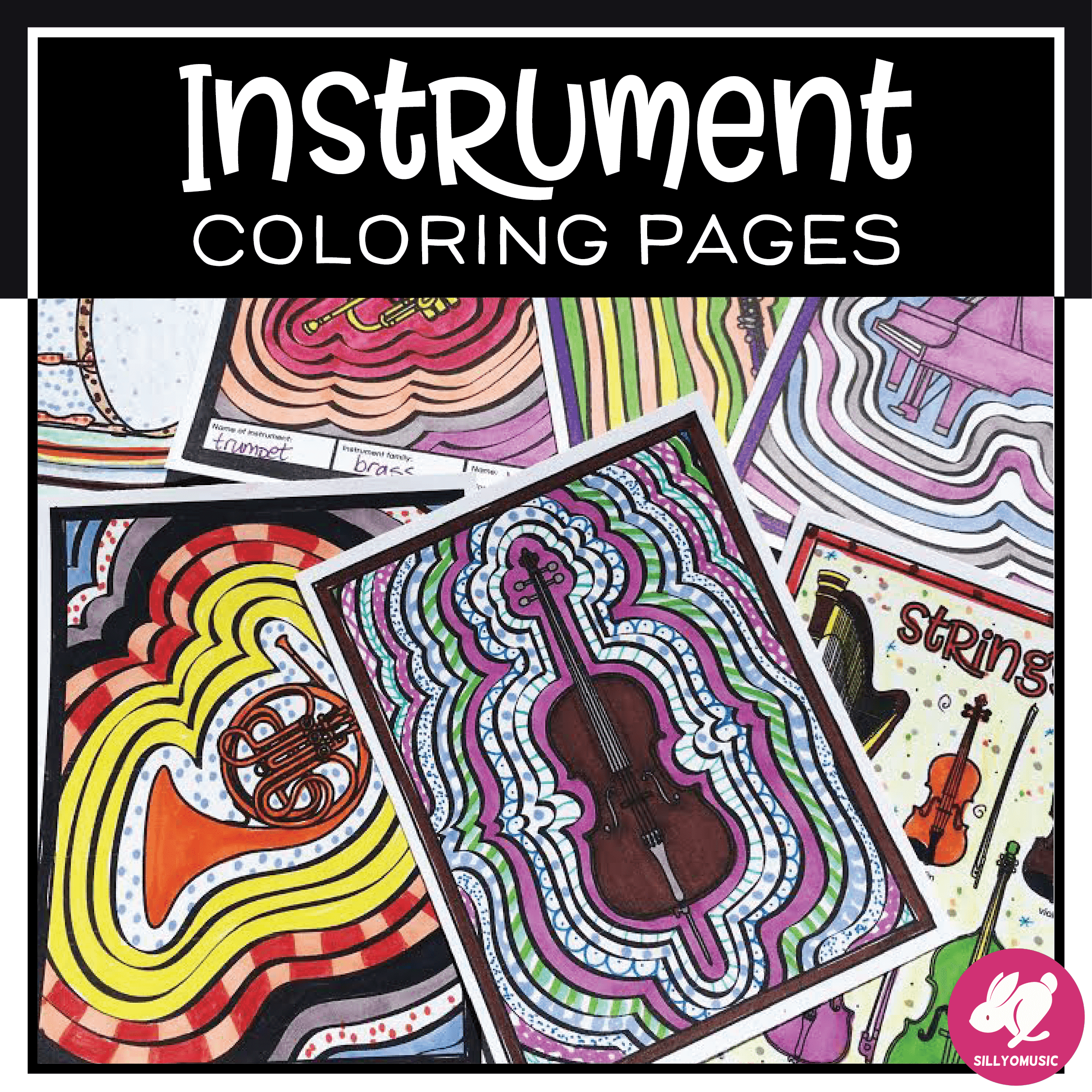
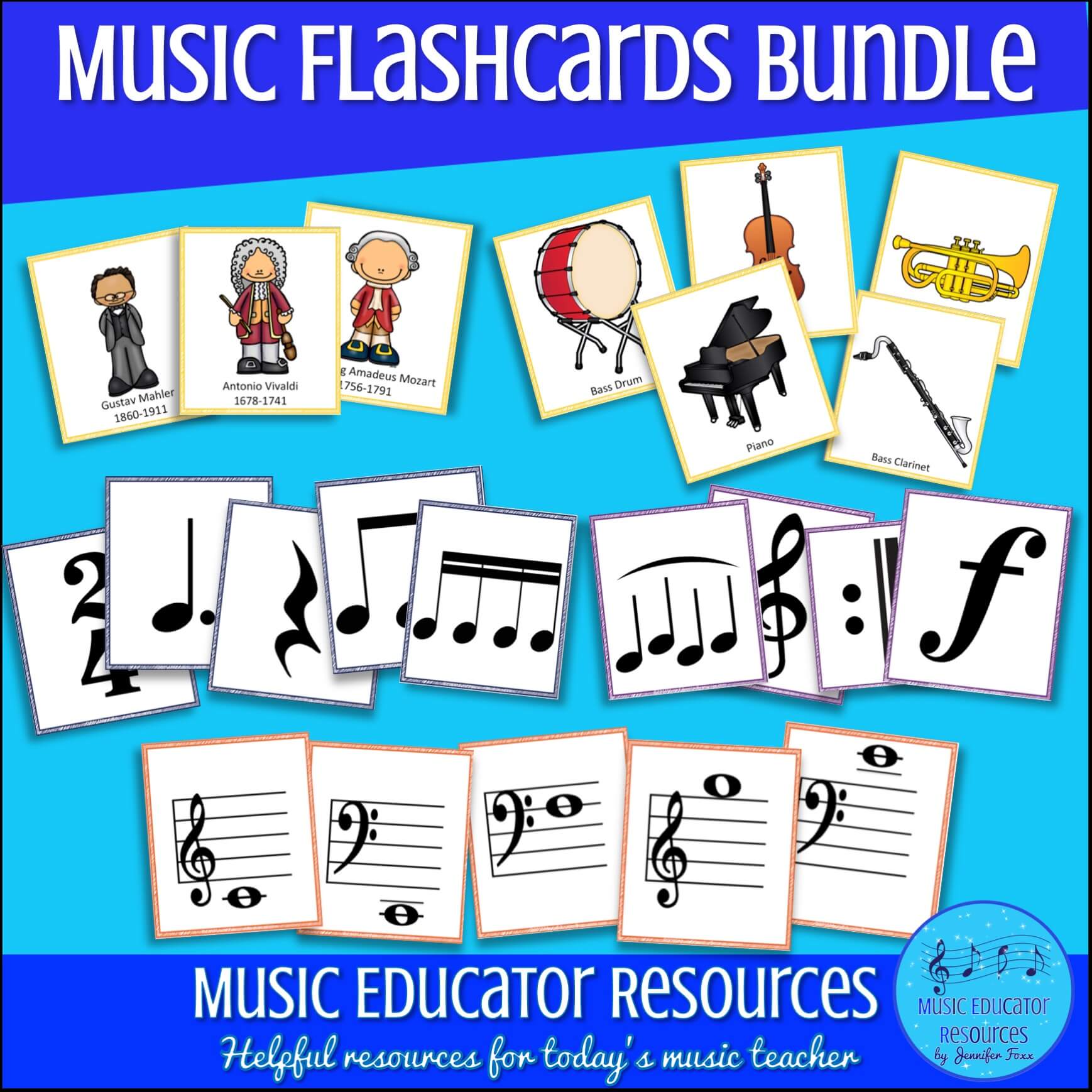
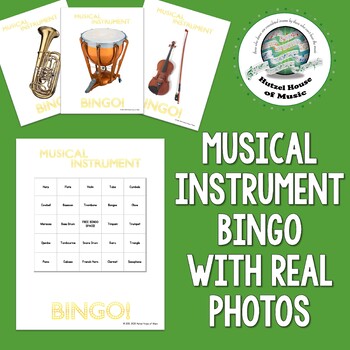
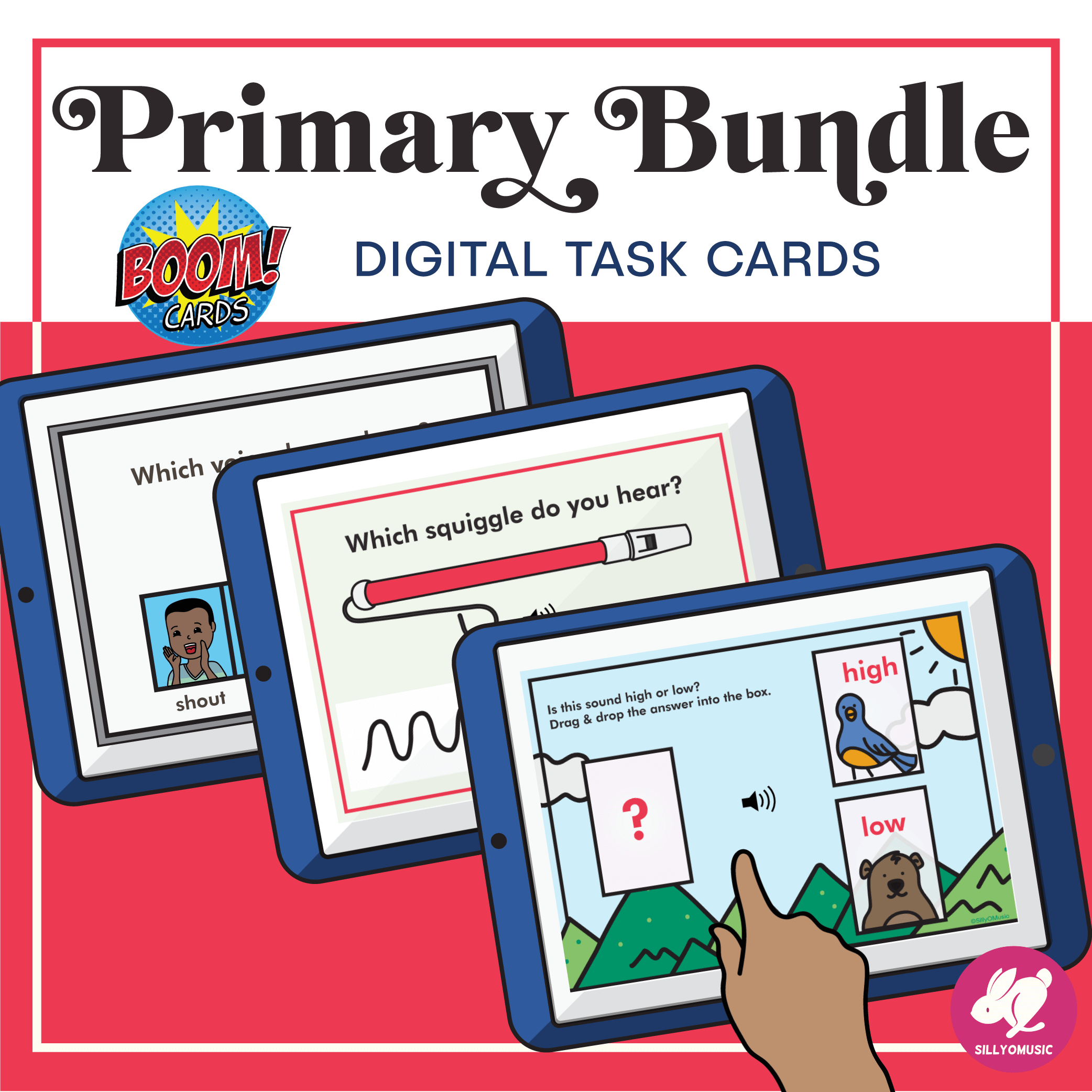
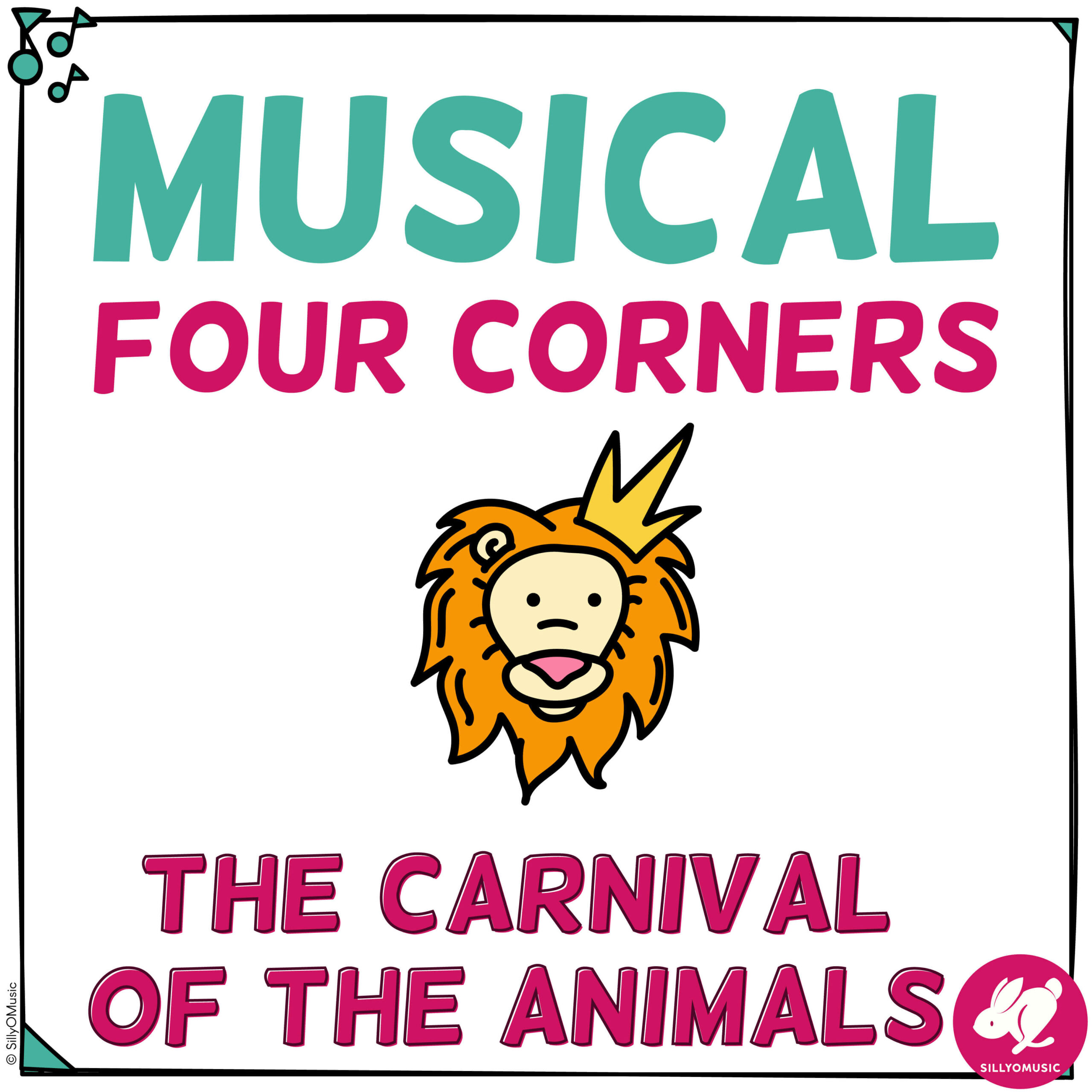




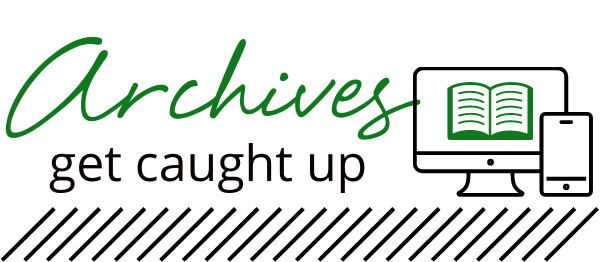

I love the idea of games in a sub tub. What are your favorite games to include in the tub?